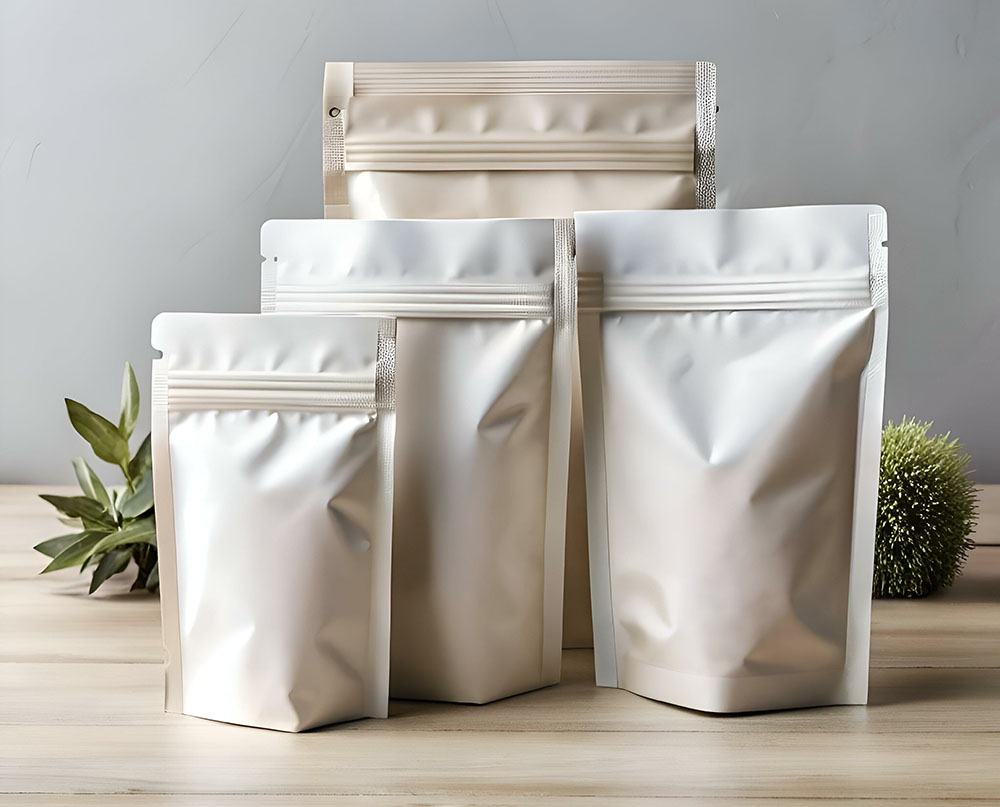Reducing Headspace in Food Packaging

In the battle against plastic pollution and rising logistics costs, a simple yet effective strategy is emerging: reducing headspace in packaging. This approach, endorsed by The Consumer Goods Forum’s Golden Design Rules, can lead to significant environmental and economic benefits.
You can also read Can Flexible Plastic Packaging Be Recycled?
Reducing Plastic Pollution
Excess headspace in packaging contributes to unnecessary plastic usage. By minimizing this space, manufacturers can reduce the amount of plastic required for each package. This not only cuts down on the production of new plastic but also eases the burden on recycling systems. Less plastic in circulation means fewer chances for it to end up polluting natural environments.
Enhancing Packaging Efficiency
Reducing headspace makes packaging more efficient. It leads to using less material, which in turn reduces the weight and volume of the packaging. This efficiency is not limited to the production phase but extends throughout the product’s lifecycle, including transportation, storage, and disposal.
Cost Savings in Logistics
One of the most tangible benefits of reducing headspace in packaging is the cost savings in logistics. Smaller, more efficiently packed products occupy less space, allowing more items to be transported in a single shipment. This increased load efficiency translates into fewer transport trips, reduced fuel consumption, and lower greenhouse gas emissions. In an era where companies are increasingly conscious of their carbon footprint, this is a win-win situation.
Enhanced Consumer Experience
Consumers are increasingly aware of the environmental impact of packaging. Reducing headspace not only aligns with environmental consciousness but also enhances the consumer experience. Efficient packaging often means easier storage and disposal for the end-user, improving product attractiveness and convenience.
Case of Study
Mondelēz Oreo in China commits to designing all packaging materials for recycling by 2025 and aims to reduce virgin plastic usage in all plastic packaging by 5%. To achieve this, the company has eliminated excess headspace. The primary pack headspace is now 14.3%, expected to contribute significantly to the reduction of virgin plastic.
By embracing this strategy, companies can contribute to a more sustainable future, meet consumer demands for eco-friendly practices, and realize significant cost savings. As the world moves towards more sustainable business models, such initiatives play a crucial role in shaping a greener, more efficient future.
